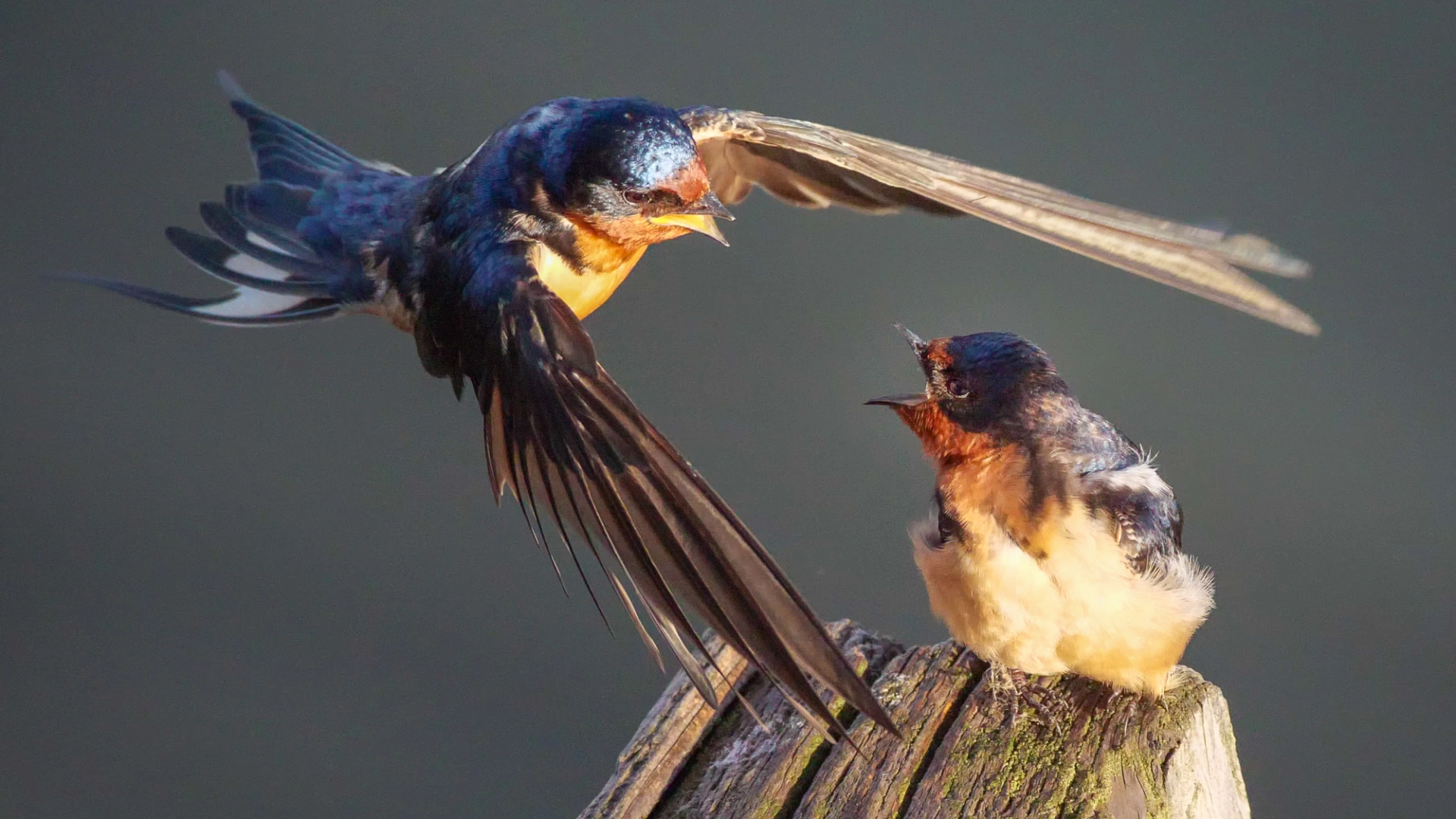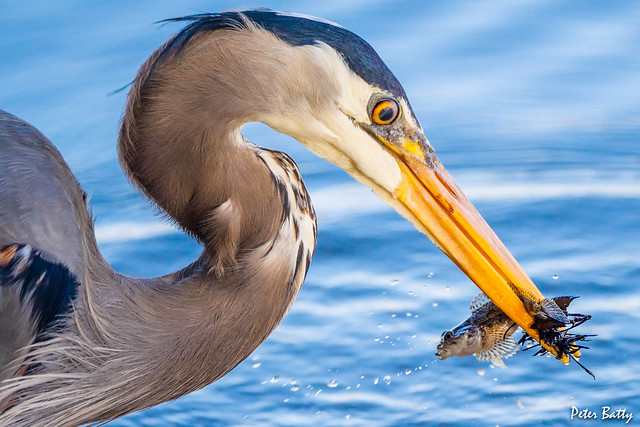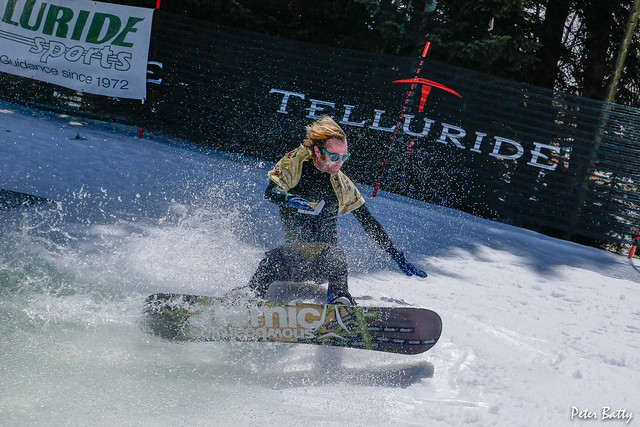I recently upgraded to the Lumix G9 camera, from the Lumix GX8. It has a lot of impressive features, but one area that really stands out is that it has a range of outstanding capabilities for high speed bursts of images. This is great for wildlife and action photography. In this post I explain the various options and how I have used them, especially 6K mode, which is a game changer in certain situations.
Super High Speed RAW mode
“Super High” modes take very high speed bursts of RAW images: 60 frames per second with a single autofocus operation for the first shot, and 20 frames per second with continuous autofocus. Up to 50 RAW images can be taken in this mode – so 0.83 seconds worth in the single focus mode, or 2.5 seconds in continuous focus mode. These are both mind boggling speeds for capturing RAW images. I generally shoot all my photos in RAW, as it gives you a lot more flexibility in doing post processing on the image. One other cool feature of this mode is that you can use “pre burst”, which maintains a rolling cache of images so that when you press the shutter button, it actually captures a number of images from 0.4s before the shutter was pressed (like magic!). In 60 fps mode you get 24 frames from before you press the shutter, and therefore 26 after, and in 20fps mode you get 8 frames before and up to 42 frames after.
This mode was certainly something that attracted me to the G9, but so far I have found that I haven’t used it in practice as much as I thought I might – some of the other options below work better for most situations that I shoot in, up to this point at least. One of this reasons for this is that you do have a fairly short time limit for the burst. It can be long enough for plenty of situations, but you do have to time things carefully, whereas the following modes, while they lose certain things, give you a much longer time period for your capture which in many situations may be better.
One technical note for G9 users: in order to get the 60 frames per second burst mode, you have to be in either AFS (auto focus single) or MF (manual focus) mode. The focus mode switch on the back of the camera has one position that says AFS/AFF (AFF = auto focus flexible). You have to go into the recording menu and set the AFS/AFF option to AFS in order to get the 60 frames per second mode (or use manual focus).
High Speed burst mode
Regular (not super) burst modes have a range of speeds: High which does 12 frames per second with single or manual focus or 9 frames per second with continuous autofocus, Medium which does 7 frames a second, and low which does 2 frames a second. In all these modes, I have found that (with a fast card) I can shoot for many seconds at a time without the rate slowing down. For a lot of wildlife and other action shots, where you aren’t trying to catch something very brief (like the moment a heron catches a fish), 9 frames per second with continuous focus is a good speed – certainly fast enough to ensure that you have a very large number of photos to edit at the end of the day!
As a side note, I mainly use silent shutter mode on my G9. When shooting wildlife there is no risk of frightening them or distracting them with the shutter noise, and when photographing people it is nice not to draw attention to the fact that you are shooting (in many cases). One potential drawback of this is that you could get the “rolling shutter” effect that you get with video cameras, but I have not noticed this in any of my shots so far.
6K photo mode
6K photo mode is, I believe, currently unique to high end Lumix cameras (or very high end video cameras). It lets you capture 6K video, using any camera settings that you like (I normally set a fast shutter speed for fast action capture), and it lets you capture 18 megapixel JPEG images at thirty frames per second. You can shoot ten minute clips at this speed! Earlier (and lower end) Lumix cameras, such as the GX8 which I had before the G9, have a 4K photo mode which lets you shoot 8MP images at 30 frames per second. On the G9, 4K photo mode lets you shoot 8MP images at 60 FPS. I liked 4K mode and got some great shots, but the jump from 8MP to 18MP images is really significant in terms of the quality of the images you can get (and your ability to crop them down if needed). The ability to shoot for 10 minutes is great for longer sequences and making sure you don’t miss anything.
What this translates to in the real world is much greater ability to get outstanding shots from fast action sequences. A couple of weeks ago I took some shots of a Great Blue Heron fishing in Vancouver. I was fortunate that it caught two fish in the space of about ten minutes while I was photographing it from quite close quarters. However, with 6K photo mode I was able to get 6 or so really outstanding action images. Shooting at a more traditional “fast” burst mode, like 9FPS, I would have been lucky to get even one of these. This is an album showing some of the shots I captured (click through to view):
The Heron shots were taken with my Lumix G9, with a Leica 100-400mm lens in shutter priority mode at 1/1600s on Auto ISO. Because of the mechanism I used to extract these images I don’t have the full EXIF info – but safe to assume that the lens is wide open.
The following week, I did some shooting back in Denver and used 6K photo mode to capture some barn swallows. These fly incredibly fast and most people don’t even try to capture them in flight. I got several great shots, using a super fast shutter speed of 1/4000s! Again, click on the photo to see the whole set.
The Swallow shots were taken with the Lumix G9 and Leica 100-400mm lens at 100mm (200mm equivalent), at 1/4000s, f/4.0, ISO 3200.
I previously posted some action shots that I took of the fun pond skim event on the closing day of the Telluride ski season, and I explained a bit more about ways to capture images from 6K files on the computer. Here are some of those shots:
The skiing and snowboarding shots were taken with a Lumix G9, Lumix 12-35mm f/2.8 lens at 1/1600s or 1/2000s in shutter priority mode with Auto ISO – I don’t have full EXIF data because of the mechanism used to extract the images.
I think that 6K photo mode has really dramatically improved the level of my photography in these sort of fast action situations. It is great to have the super fast RAW mode capability also, and I will experiment more with that over time. But the fact that 6K mode “only” gives you JPEGs has not been an obstacle to getting some great pictures in the situations I have shown here! And I might add that I have edited these quite a bit to adjust tone and color, and this worked just fine even though I was working with JPEG rather than the RAW images that I usually work with. Also I should comment that I have found continuous autofocus to work very well with 6K photo mode – some people have commented that they had issues with this, but that has not been the case for me. I have used AFC (Auto Focus Continuous) in either 255 area or single area modes, without any special custom settings.
If you photograph high speed action like the examples I have shown here, I highly recommend giving 6K photo mode a try!




Excellent photography and great article on super fast photography! I was hoping that you would be specific in your camera settings for these incredible shots. I am new to this blog and might not have been where you did so and if so please forgive me.
Thanks Colin! I’ve updated the post with settings info for each set of pictures – if you would like more info (autofocus settings etc) let me know.
A great and informative piece, thanks for writing it and posting it for people to read. It will be most helpful for me to refer to when I get started with 4K and 6K.
Thanks Ian! Good luck with your 4K and 6K adventures 🙂
Thanks do you think 6K Photo would do well at a Airshow?
Steven, yes I think it should do. If you have close interaction between planes I think it will give you more opportunity to get good shots.
Thank you for the reply very helpful